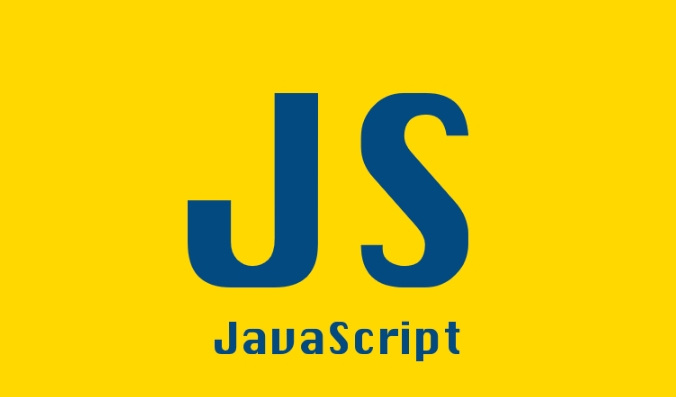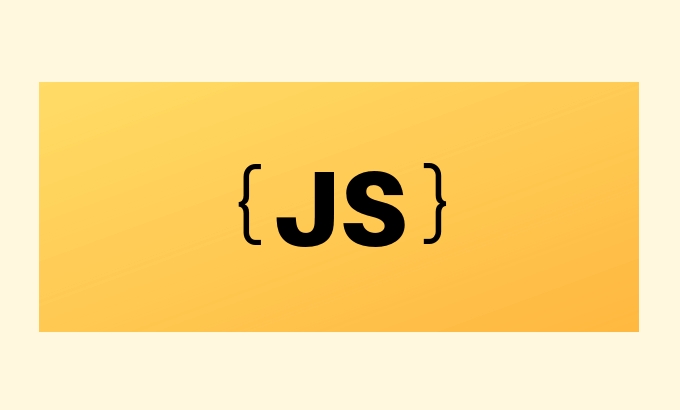How to Find an Object in an Array by Property in JavaScript
Jul 12, 2025 am 02:22 AMThe most common way to find a specific object of an array of objects in JavaScript is to use find(). 1. Use find() to directly return the first match through the attribute, such as users.find(u => u.id === 2) to return the corresponding object; 2. If multiple matches are needed, filter() should be used, such as users.filter(u => u.name === 'Alice'); 3. For large data volumes or high-frequency operations, objects with attributes can be built to achieve O(1) search efficiency, such as Object.fromEntries(users.map(u => [u.id, u])). Note: Ensure that the properties exist, handle undefined results, and trade off performance and memory overhead.

In JavaScript, if you have an array of objects and want to find specific objects based on a certain property, the most common method is to use Array.prototype.find() method. It is concise, intuitive, and can directly return the results you want.

Use the find() method to find objects
find() is a built-in method of arrays that allows you to pass in a test function, which returns the current element when the function returns true . This is especially suitable for finding objects that match a certain attribute value.
For example:

const users = [
{ id: 1, name: 'Alice' },
{ id: 2, name: 'Bob' },
{ id: 3, name: 'Charlie' }
];
const user = users.find(u => u.id === 2);
console.log(user); // { id: 2, name: 'Bob' } In this example, we search the user through the id attribute. You can replace id with any other attribute, such as name or email , just make sure that your conditions are written correctly.
A few suggestions:

- Make sure that the property you are looking for does exist in the object in the array.
- If no match is found,
find()will returnundefined, remember to make judgments. - If there are multiple matches,
find()will only return the first one.
Handle more complex situations
Sometimes you may need to find multiple objects that meet the criteria, so you can't use find() because it only returns the first match. At this time, you can use filter() method.
For example, you want to find all users with the name "Alice":
const alices = users.filter(u => u.name === 'Alice');
This way you will get an array containing all the objects that meet the criteria. If there are only one or zero matches, the results also apply.
Performance reminder
Although both find() and filter() are practical, they are essentially traversing arrays and the time complexity is O(n). If your data volume is very large, or this operation is performed very frequently, you can consider converting the data into an object with key attributes as keys in advance to improve search efficiency.
for example:
const userMap = Object.fromEntries(users.map(u => [u.id, u])); const user = userMap[2]; // Get it directly, no traversal is required
After doing this, the time complexity of the search becomes O(1), which is much faster, but at the cost of additional memory and initialization overhead. So whether to do this depends on your specific scenario.
Basically that's it. What is not complicated but easy to ignore is: Don't forget to check whether the return result exists, especially when using find() .
The above is the detailed content of How to Find an Object in an Array by Property in JavaScript. For more information, please follow other related articles on the PHP Chinese website!

Hot AI Tools

Undress AI Tool
Undress images for free

Undresser.AI Undress
AI-powered app for creating realistic nude photos

AI Clothes Remover
Online AI tool for removing clothes from photos.

Clothoff.io
AI clothes remover

Video Face Swap
Swap faces in any video effortlessly with our completely free AI face swap tool!

Hot Article

Hot Tools

Notepad++7.3.1
Easy-to-use and free code editor

SublimeText3 Chinese version
Chinese version, very easy to use

Zend Studio 13.0.1
Powerful PHP integrated development environment

Dreamweaver CS6
Visual web development tools

SublimeText3 Mac version
God-level code editing software (SublimeText3)

Hot Topics
 Which Comment Symbols to Use in JavaScript: A Clear Explanation
Jun 12, 2025 am 10:27 AM
Which Comment Symbols to Use in JavaScript: A Clear Explanation
Jun 12, 2025 am 10:27 AM
In JavaScript, choosing a single-line comment (//) or a multi-line comment (//) depends on the purpose and project requirements of the comment: 1. Use single-line comments for quick and inline interpretation; 2. Use multi-line comments for detailed documentation; 3. Maintain the consistency of the comment style; 4. Avoid over-annotation; 5. Ensure that the comments are updated synchronously with the code. Choosing the right annotation style can help improve the readability and maintainability of your code.
 Java vs. JavaScript: Clearing Up the Confusion
Jun 20, 2025 am 12:27 AM
Java vs. JavaScript: Clearing Up the Confusion
Jun 20, 2025 am 12:27 AM
Java and JavaScript are different programming languages, each suitable for different application scenarios. Java is used for large enterprise and mobile application development, while JavaScript is mainly used for web page development.
 Mastering JavaScript Comments: A Comprehensive Guide
Jun 14, 2025 am 12:11 AM
Mastering JavaScript Comments: A Comprehensive Guide
Jun 14, 2025 am 12:11 AM
CommentsarecrucialinJavaScriptformaintainingclarityandfosteringcollaboration.1)Theyhelpindebugging,onboarding,andunderstandingcodeevolution.2)Usesingle-linecommentsforquickexplanationsandmulti-linecommentsfordetaileddescriptions.3)Bestpracticesinclud
 Javascript Comments: short explanation
Jun 19, 2025 am 12:40 AM
Javascript Comments: short explanation
Jun 19, 2025 am 12:40 AM
JavaScriptcommentsareessentialformaintaining,reading,andguidingcodeexecution.1)Single-linecommentsareusedforquickexplanations.2)Multi-linecommentsexplaincomplexlogicorprovidedetaileddocumentation.3)Inlinecommentsclarifyspecificpartsofcode.Bestpractic
 JavaScript Data Types: A Deep Dive
Jun 13, 2025 am 12:10 AM
JavaScript Data Types: A Deep Dive
Jun 13, 2025 am 12:10 AM
JavaScripthasseveralprimitivedatatypes:Number,String,Boolean,Undefined,Null,Symbol,andBigInt,andnon-primitivetypeslikeObjectandArray.Understandingtheseiscrucialforwritingefficient,bug-freecode:1)Numberusesa64-bitformat,leadingtofloating-pointissuesli
 JavaScript vs. Java: A Comprehensive Comparison for Developers
Jun 20, 2025 am 12:21 AM
JavaScript vs. Java: A Comprehensive Comparison for Developers
Jun 20, 2025 am 12:21 AM
JavaScriptispreferredforwebdevelopment,whileJavaisbetterforlarge-scalebackendsystemsandAndroidapps.1)JavaScriptexcelsincreatinginteractivewebexperienceswithitsdynamicnatureandDOMmanipulation.2)Javaoffersstrongtypingandobject-orientedfeatures,idealfor
 How to work with dates and times in js?
Jul 01, 2025 am 01:27 AM
How to work with dates and times in js?
Jul 01, 2025 am 01:27 AM
The following points should be noted when processing dates and time in JavaScript: 1. There are many ways to create Date objects. It is recommended to use ISO format strings to ensure compatibility; 2. Get and set time information can be obtained and set methods, and note that the month starts from 0; 3. Manually formatting dates requires strings, and third-party libraries can also be used; 4. It is recommended to use libraries that support time zones, such as Luxon. Mastering these key points can effectively avoid common mistakes.
 JavaScript: Exploring Data Types for Efficient Coding
Jun 20, 2025 am 12:46 AM
JavaScript: Exploring Data Types for Efficient Coding
Jun 20, 2025 am 12:46 AM
JavaScripthassevenfundamentaldatatypes:number,string,boolean,undefined,null,object,andsymbol.1)Numbersuseadouble-precisionformat,usefulforwidevaluerangesbutbecautiouswithfloating-pointarithmetic.2)Stringsareimmutable,useefficientconcatenationmethodsf






